Located in the southern Black Hills of South Dakota, Wind Cave National Park encompasses 33,924 acres of mixed grass prairie and Ponderosa pine forest, as well as one of the longest, oldest, and most complex cave systems in the world. This park is one of the oldest in the country (established in 1903). It was the eighth national park created and the first set aside to protect a cave. Wind Cave contains unique boxwork formations found almost nowhere else in the world. So far 144 miles of passages have been surveyed under a little more than a square mile of land on the surface. Up to 90% of the cave may still be unexplored.
 One of the most common sights in Wind Cave is boxwork, shown above. Over 95% of the known boxwork worldwide is found in Wind Cave. Boxwork occurs when calcite that filled cracks in limestone is left behind when the limestone dissolves.
One of the most common sights in Wind Cave is boxwork, shown above. Over 95% of the known boxwork worldwide is found in Wind Cave. Boxwork occurs when calcite that filled cracks in limestone is left behind when the limestone dissolves.
Another formation that occurs iin Wind Cave is popcorn which forms as water containing calcite beads up on cave walls. The calcite crystallizes and over time comes to resemble a kernel of popped corn.
Frostwork is less frequently seen. It is aragonite crystals.
The cave contained many other striking sights.
Before our walk through the the 53 degree cave, we hiked the 3 mile Cold Brook Canyon trail to Fossil Ridge. On the way we visited prairie dog town, dodged thistles and saw a large raptor’s nest.
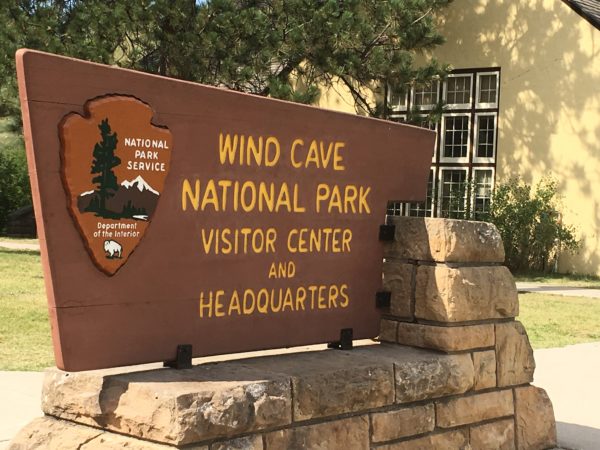
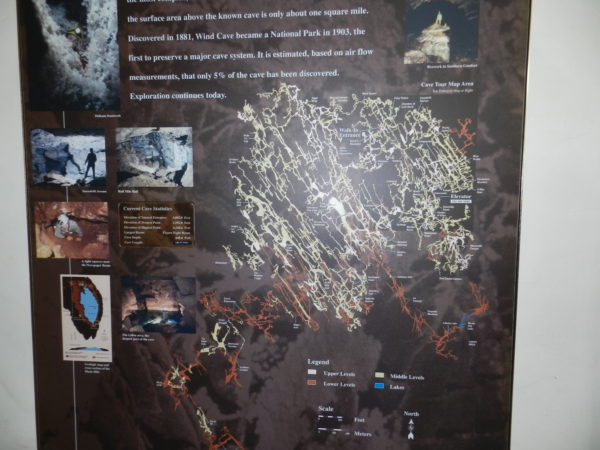

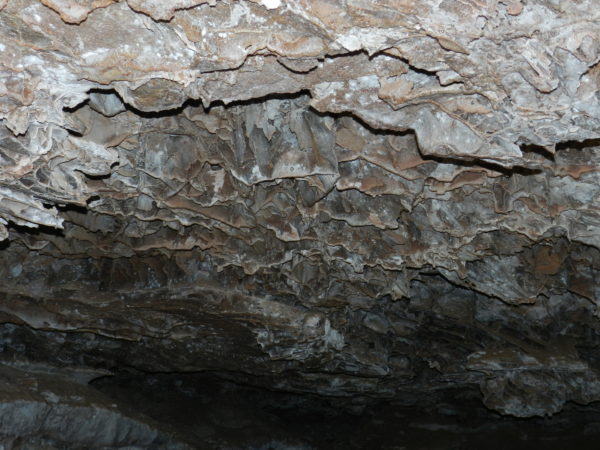
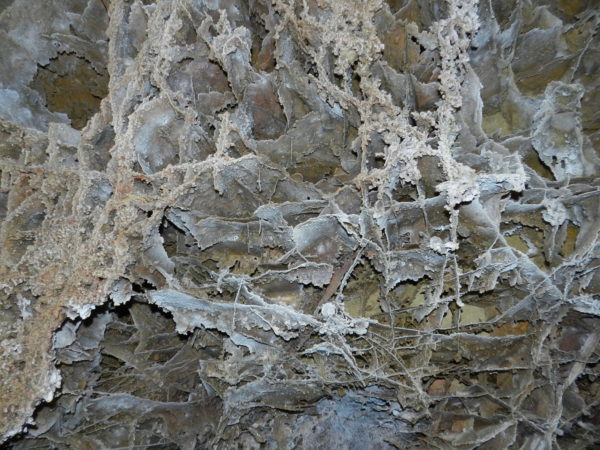
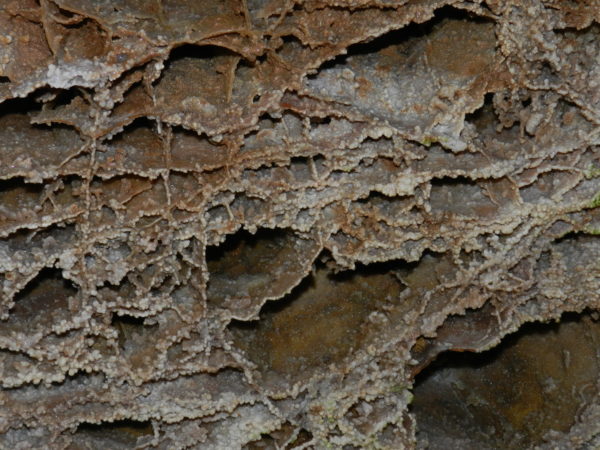


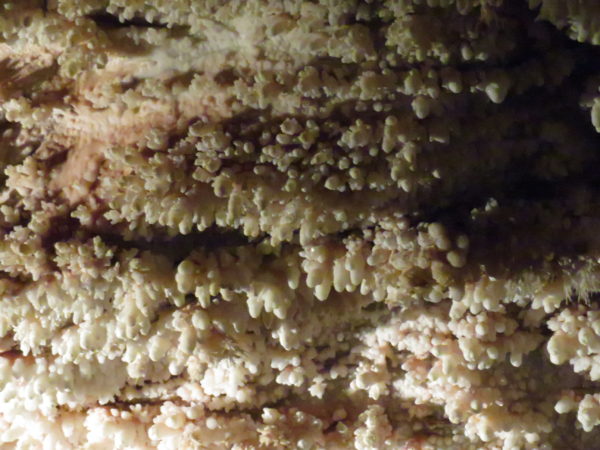


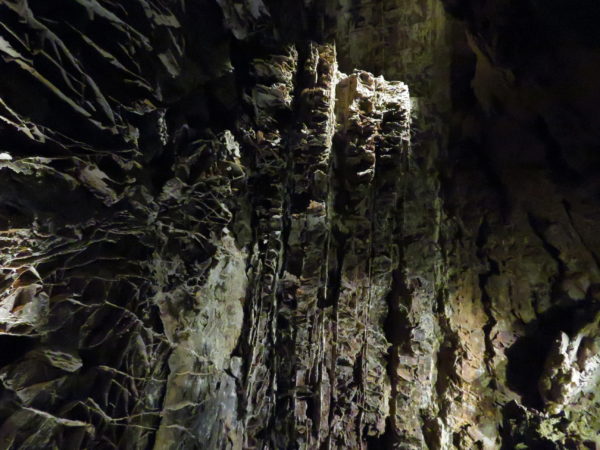
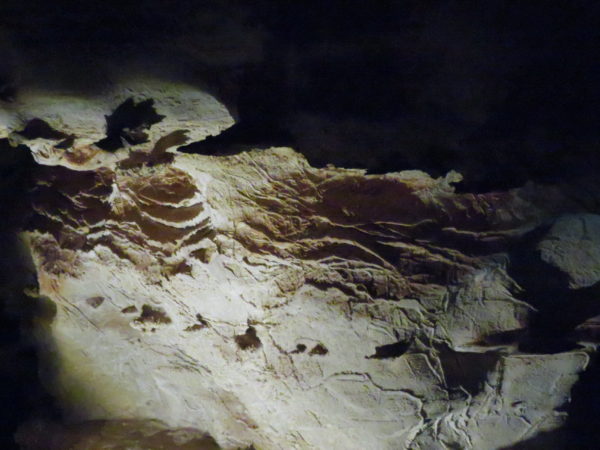

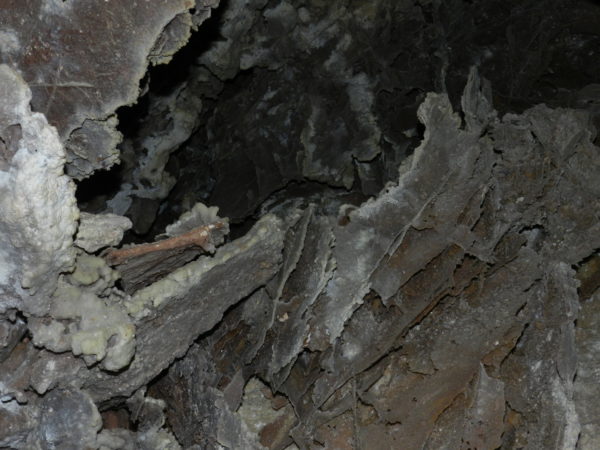

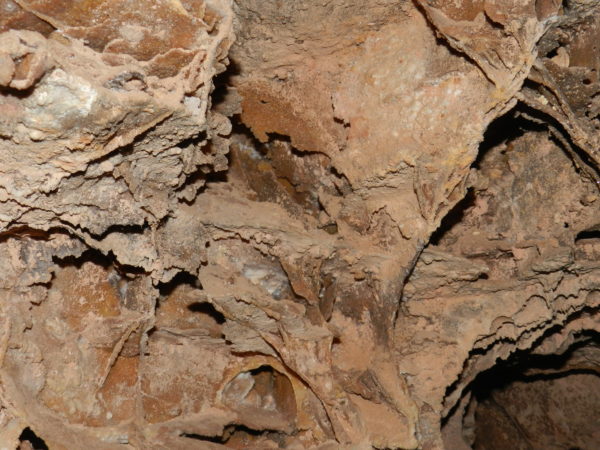
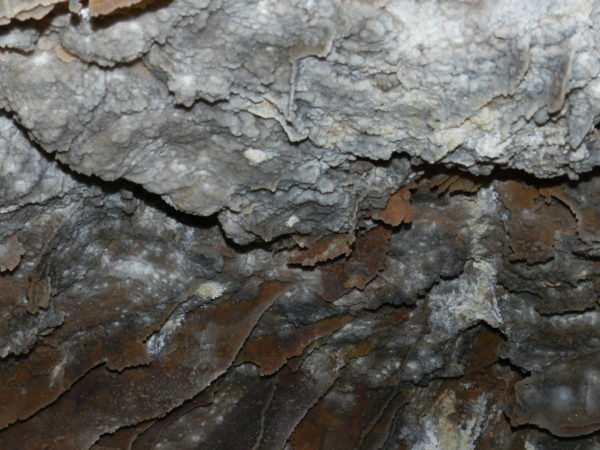
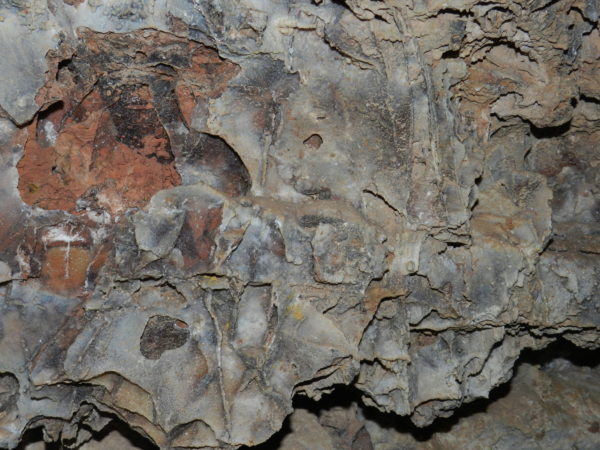



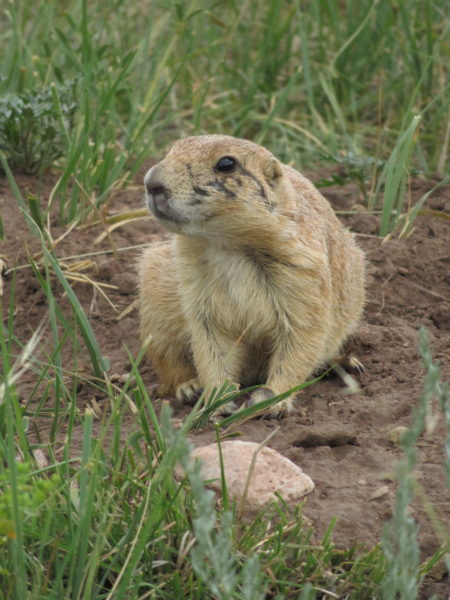
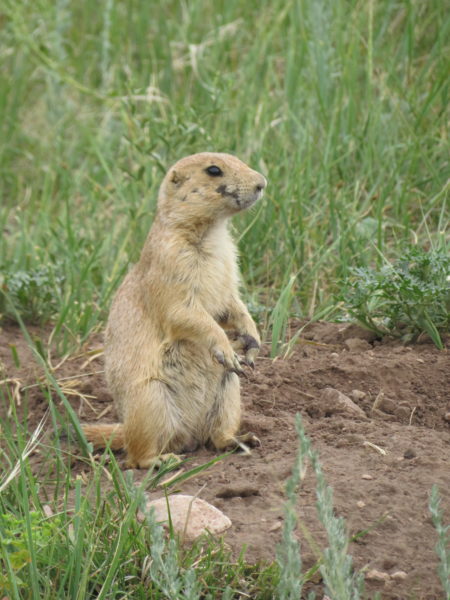
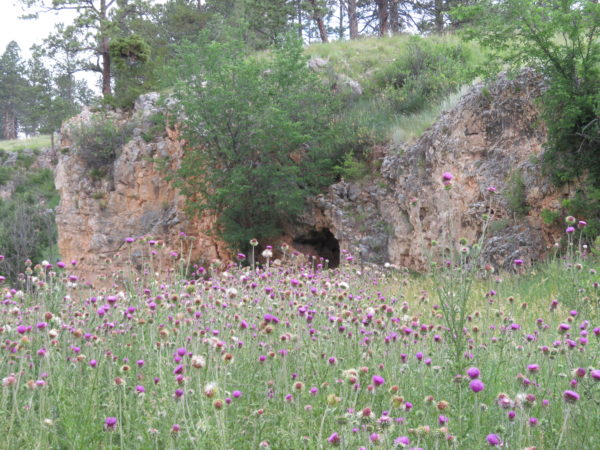


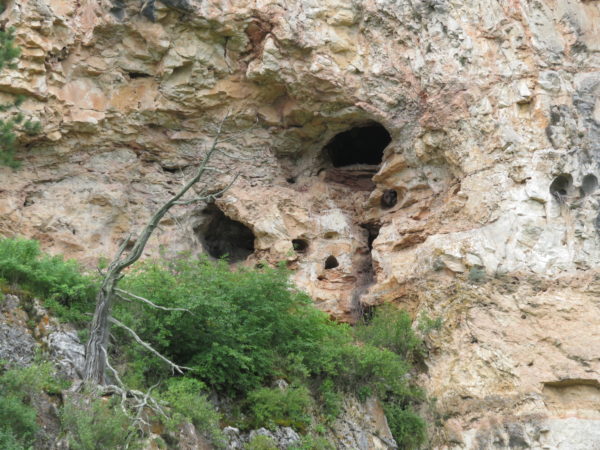
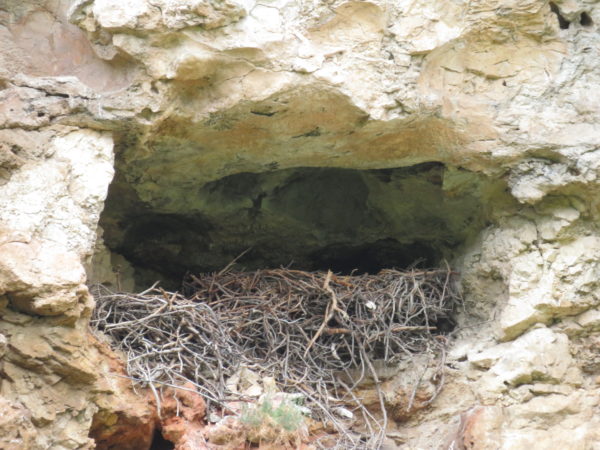
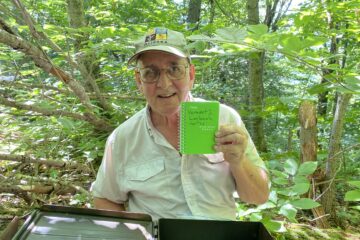
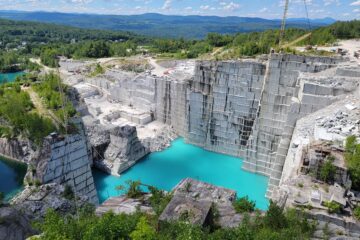

3 Comments
Susan Joho · July 22, 2017 at 5:11 pm
Never heard of boxwork. Very cool! 😁
Jane Appel · July 22, 2017 at 9:39 pm
It’s no wonder you’ve never heard of it, Susan. 95% of it is in this cave and a little more in nearby Jewel Cave. I’d never heard of it, either.
Joette · July 25, 2017 at 8:55 pm
You are becoming quite the geologist! Or maybe you already were one secretly, since you did have a rock collection to sell at your estate sale?